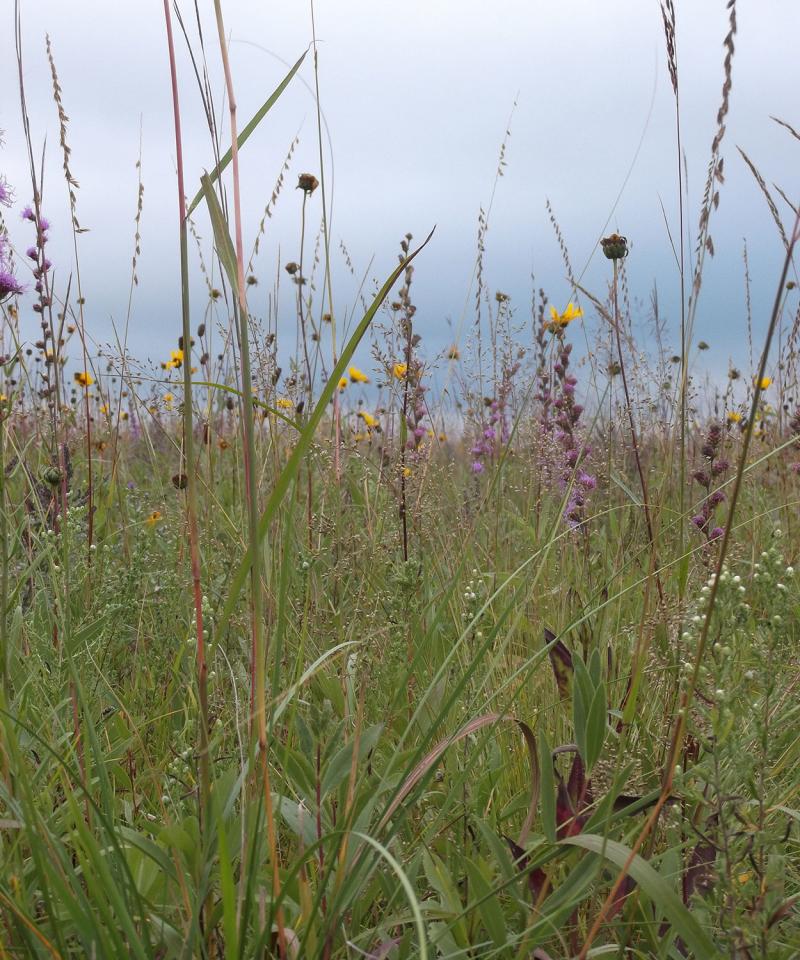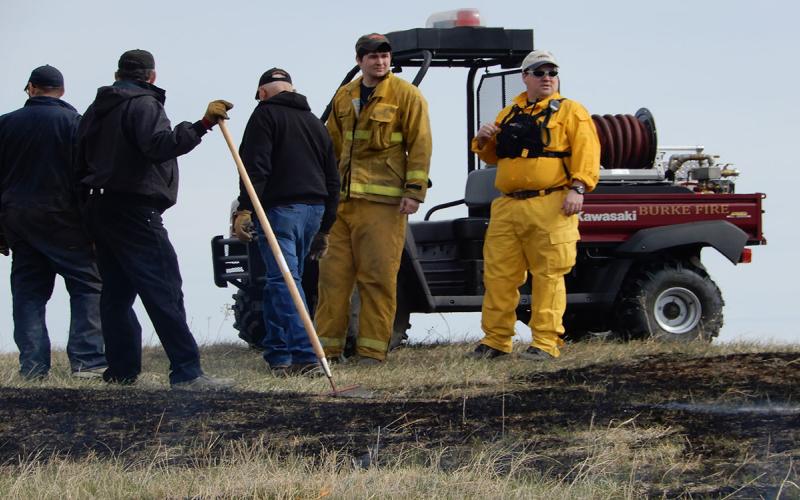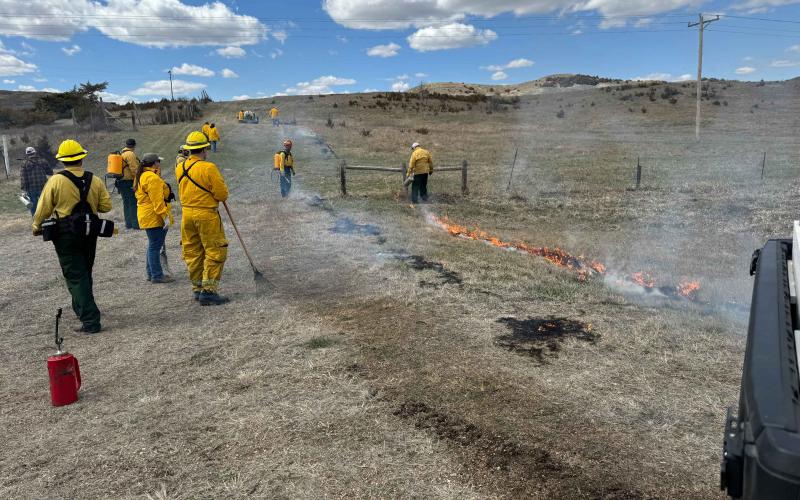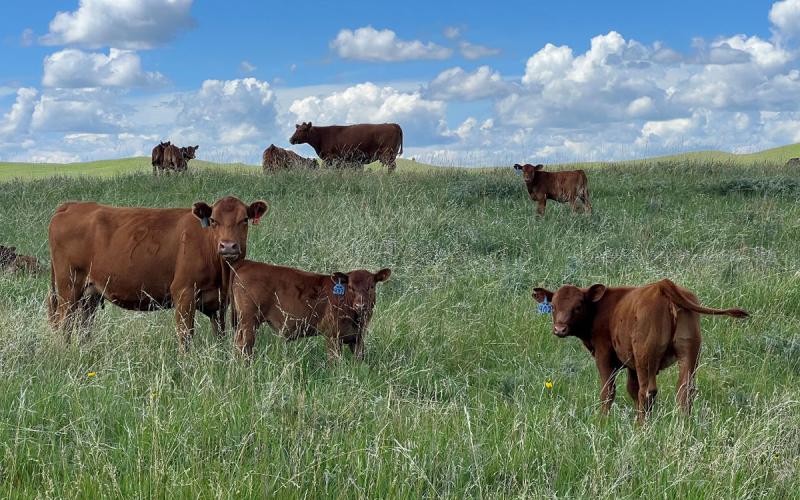
South Dakota’s farmers and ranchers have significant influence on the management of our state’s natural resources, especially grasslands and water and the species that inhabit them. These species remind us of the importance of natural resources management for the greater good.
In the past, South Dakota has been somewhat of a ‘fringe’ state regarding endangered species concerns with few true impacts to landowners. While national level concerns, such as dichloro-diphenyl-trichloroethane (DDT) in the food chain and the subsequent decline in raptors, such as bald eagles, affected how society viewed the importance of various species, most South Dakota landowners weren’t affected much in their daily operations.
In 2014, the U.S. Fish and Wildlife Service listed two small prairie butterflies under the Endangered Species Act (ESA). The Poweshiek Skipperling was listed as endangered and the Dakota Skipper as threatened. Both species rely on native prairie/pastures in eastern South Dakota and other states and both saw dramatic population declines over the last 10 to 15 years. Again, listing decisions were only made after years of data gathering and conversations with affected parties—including input from South Dakota’s ranching community through groups like the South Dakota Grassland Coalition. Those conversations resulted in an approach to listing the species that recognized sound grassland management practices by landowners as vitality important for the long-term conservation of these species. Accordingly, the Dakota skipper used a section 4(d) rule at the time of listing, which exempted “take” of this species for all normal ranching activities. So while these species were ultimately listed, the service recognized that the habitat remaining was not in spite of ranchers… but because of them!
The loss of native grassland habitats is a reality that will eventually impact all South Dakotans, not only because of the actual loss of this valuable natural resource for our state, but also because of national-level issues, such as endangered species. These two small prairie butterflies should not be viewed as the exception, but rather should be studied as a cautionary prelude to what is likely to come with continued grassland loss.
The U.S. Fish and Wildlife Service understands well that the best strategy for species conservation is to prevent them from becoming threatened or endangered in the first place. Recently, the service announced updates to its national work plan for conducting over 350 assessments. Inclusion in the work plan does not necessarily mean a species will be listed, but instead that a status assessment for that species will be conducted. In South Dakota we have recent examples, such as the greater sage grouse and Sprague’s pipit, where the assessments found those species did not require listing under ESA.
Several South Dakota species will be evaluated over the next seven years. Birds on the list include the black-backed woodpecker (Black Hills region) and the golden winged warbler (eastern South Dakota). Mammals include the prairie gray fox, northwestern moose, plains spotted skunk and little brown bat. Also on the evaluation list is Blanding’s turtle and several insects, including the western bumble bee, yellow banded bumble bee, monarch butterfly and regal fritillary butterfly.
While the black-backed woodpecker and northwestern moose are not reliant on healthy grasslands and wetlands, many of the others are. If we fail to retain a variety of native vegetation in our farming and ranching operations, including native flowering pollinators, we can only assume we will be faced with a growing list of species concerns in the future. A variety of species on the farm or ranch can be a great indicator of ecological balance and healthy, profitable systems.
Additional Resources
Information on the following topics can be accessed in the resources below:
- Daugaard Administration Proposes Plan To Boost Buffer Strips, Associated Press.
- Sage Grouse Initiative, Sage Grouse Initiative website.
- Dakota Skipper and Poweshiek Skipperling Critical Habitat, U.S. Fish and Wildlife Service.
- Service Creates ESA Listing Workplan to Provide Predictability and Encourage Proactive Conservation of Imperiled Wildlife, U.S. Fish and Wildlife Service.
- Listing and Critical Habitat - National Listing Workplan, U.S. Fish and Wildlife Service.
- Listing Seven-Year Workplan, U.S. Fish and Wildlife Service.


